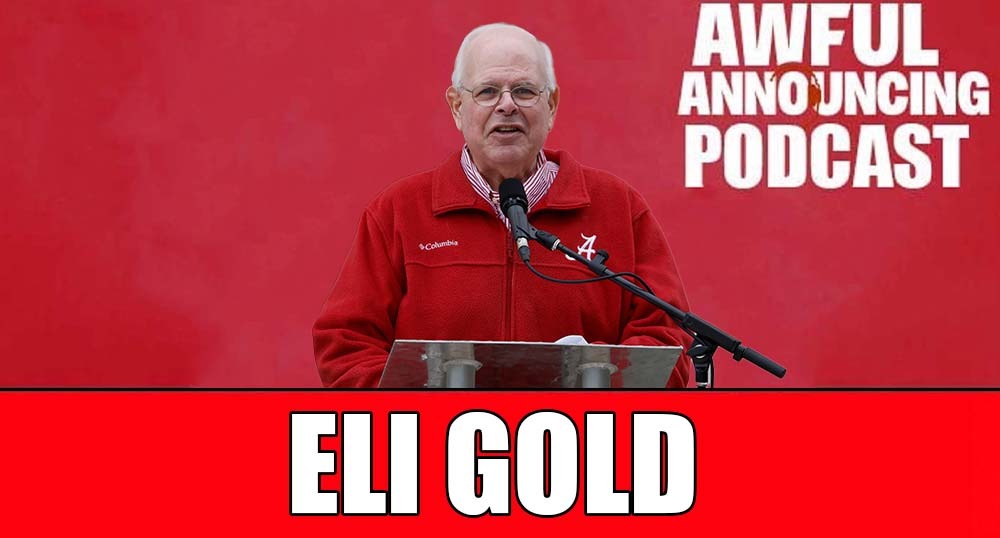Less than a week before MLB Opening Day, there’s still some confusion around the San Diego Padres’ media rights.
Last week, the Diamond Sports Group missed a rights payment to the Padres, entering a two-week grace period that ends this coming Wednesday. If Diamond doesn’t make the payment, the Sports Business Journal reports that MLB may immediately move and attempt to reclaim the team’s media rights.
However, it’s not a slam dunk that the Padres, one of the four teams tipped to be dropped by Diamond, won’t be paid their rights fee. SBJ notes that Diamond could opt to keep the team in their stable, given the team’s success last year and their offseason spending spree amping up excitement in the city.
Despite the size of the San Diego market (estimated at 30th in the country, behind MLB markets Pittsburgh and Baltimore and ahead of Kansas City, Cincinnati, and Milwaukee), the Padres’ TV deal seems less onerous than some others in the Diamond portfolio. A story about team valuations by Forbes posted this week details each team’s estimated rights fee in 2022 and their average viewership, and neither San Diego’s $47 million per year nor their 51,000 viewers per game seems galling. The Reds, for instance, are another of the four teams on the chopping block, and their broadcasts averaged 27,000 viewers last year while the team was paid $48 million. The Guardians, who made $55 million a year ago and averaged 59,000 viewers per game, are another team that could be dropped despite a rights fee and average viewership that don’t seem outside expectations.
The situation is far different for the Arizona Diamondbacks, who had a payment skipped by Diamond this month and the Texas Rangers, who are reportedly seeking an exit from Diamond Sports. Dallas and Phoenix are much larger than San Diego, ranking fifth and 11th in the country compared to 19th for Cleveland, 30th for San Diego, and 36th for Cincinnati, so there is plenty of growth potential there. However, rights fees paid in 2022 are vastly out of whack with their average viewership. Forbes reported that the Diamondbacks earned $68 million last year with an average audience of just 20,000, while the Rangers made a staggering $111 million with an average audience of 21,000. While, as mentioned, both markets are quite large and can easily pick up viewers and perhaps cable subscriptions, the interest in the teams and the amounts being paid simply don’t work out in reality.
The sizes of those markets means Diamond can recoup some of those fees from non-viewers still paying for the RSNs, though continued cord cutting and carriage losses can spin that situation out of control.
Notably, all five of these times did not sell their streaming rights to Diamond, meaning the company can’t monetize those rights through Bally Sports+ subscriptions. Five teams did sell their streaming rights (Tigers, Royals, Marlins, Brewers, Rays), and they are in no danger of getting cut loose.
While MLB could reclaim the Padres’ rights as soon as next week if the payment is missed, the Diamondbacks do not appear to be in the same position. SBJ notes that because the payment was missed before Diamond’s bankruptcy filing, MLB doesn’t think they can easily acquire the team’s rights in court.
In short: this is still a mess! The good news is that Diamond plans on producing and airing MLB games this season despite the bankruptcy proceedings, and intends to do so even if a payment is missed. For MLB’s part, the league is still talking to distributors about carrying games and shoulder programming on open channels, with the league producing the broadcasts and distributors paying a minimal or no fee for carriage. SBJ also mentions that distributors could end up receiving rebates from RSNs who lose live MLB games (which we saw in 2020 during the pandemic), which would be another blow to the RSN model.
I feel like we’re getting close to the RSN industry (or at least Diamond) collapsing into itself like a dying star. Even though the NBA and NHL seem to be committed to propping the company up with their live games and the streaming rights to those games, the lack of content in the summer months would not be a great selling point, especially when asking distributors for at least $5 per month.







